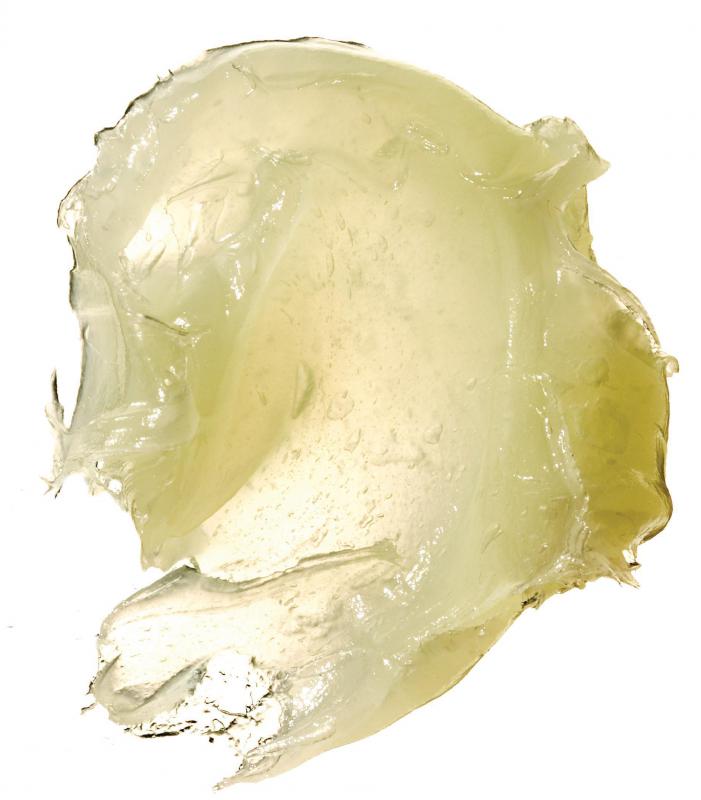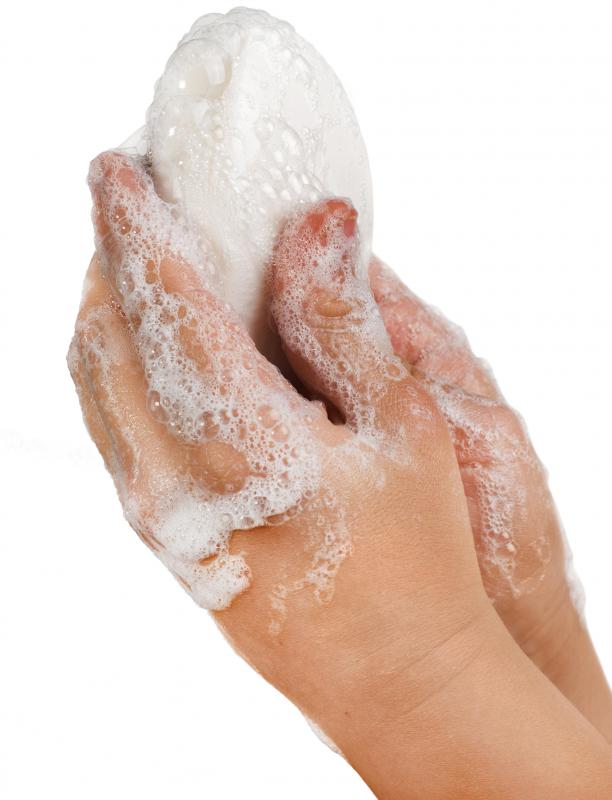At BeautyAnswered, we're committed to delivering accurate, trustworthy information. Our expert-authored content is rigorously fact-checked and sourced from credible authorities. Discover how we uphold the highest standards in providing you with reliable knowledge.
How Do I Use Henna for Nails?
Before the advent of modern nail polish, people from Asia, Spain, and Egypt colored their nails with henna. Henna-colored nails ranged in color from bright orange to dark brown. In addition to beautifying the hands, henna for nails has a few practical applications. These societies believed henna strengthened the nails and reduced the chances of fungal infections. Today, henna can be used as a kind of herbal nail polish. The required steps include mixing the paste, stenciling the hands, and applying the paste with care.
Mixing henna for nails is very similar to mixing it for hair or temporary tattoos. The recipe starts with a handful of henna powder mixed with enough lemon juice to make a thick paste. Some artists also add eucalyptus or bergamot oil to make the color more intense. The paste must be covered with plastic wrap overnight to allow the henna dyes to release. Henna paste does not usually need to be refrigerated during this release period.

Henna for nails should be applied to clean hands. The artist should wash his or her hands carefully with plenty of soap. Trimming, filing, and cleaning under the nails is also a good idea. Those that intend to color only their nails should coat the cuticles and skin around each nail with a thick coat of petroleum jelly. If henna on the skin is desirable, the artist should draw the desired design onto the hands with a purple tattoo marker or carefully outline where he or she wants the henna to go.

Next, the artist should spoon the paste into a tapered-tip application bottle and flatten one hand against a smooth surface covered in newspaper. The artist outlines each fingernail, filling them in with a layer of paste about .125 inch (about .25 cm) thick. If creating a design on the fingers, the artist fills that in too, working very slowly to avoid mistakes. The henna must typically dry for about an hour, and after that the recipient should put on cotton or plastic gloves.

The longer the henna remains on the hands, the darker it will stain and the longer it will last. Henna for nails may be gently flaked off after about eight hours. Excess paste may be gently rasped away with a dry cloth. Ideally, the hands should not be dampened for about 24 hours after application. When the paste first comes off, the henna will look orange. As time passes, it will oxidize to a darker color.
Most applications of henna for nails will rinse or wear off the skin before it comes off the nails. In fact, henna often clings to fingernails just as it does hair. Those that enjoy the look of orange nails may reapply henna as the nails grow. Others may want to let the nails grow out, clipping them regularly to get rid of the henna stain.
AS FEATURED ON:
AS FEATURED ON:













Discussion Comments
That sounds like a heck of a lot of work. Talk about dedication, huh? How does the cost of henna compare to nail polish?
Post your comments